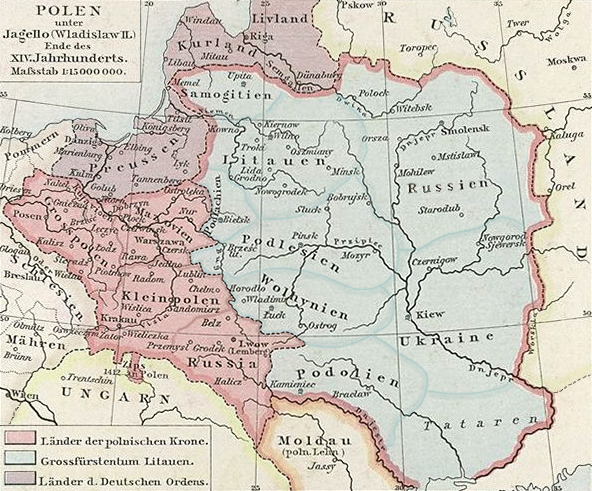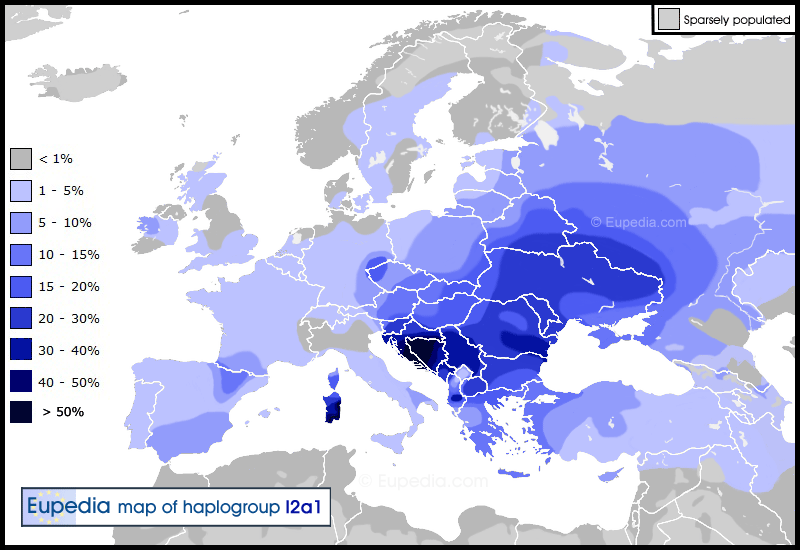LeBrok
Elite member
- Messages
- 10,261
- Reaction score
- 1,617
- Points
- 0
- Location
- Calgary
- Ethnic group
- Citizen of the world
- Y-DNA haplogroup
- R1b Z2109
- mtDNA haplogroup
- H1c
There was never ever Croatian kingdom with capital in Krakow (Cracow). You will never find White Croatia on maps pre 19th century, before Poland was divided between Russia, Prussia and Austro-Hungarians. White Croats designation was coined by Austro-Hungarian Empire for their occupied region of Krakow. It was their justification for occupation, as White Croatia (historians were not clear where it was) was part of old Hungarian kingdom.Not according to historical fact. It is interesting to note that it is historical fact that the first kingdom of Croatia, White Croatia, was not situated in Dalmatia but in Poland, Bohemia and Slovakia with its capital being Kraków. Indeed White Croatian figures played a pivotal role in early history of the Polish and Bohemian kingdoms. Even the first canonised patron saint of Poland, St. Wojciech; 'Wojciech of the Slavs' was a White Croatian.3.0 Selected Bibliography & References
.
All this mess happened during 19th century and sadly it continues till today.



